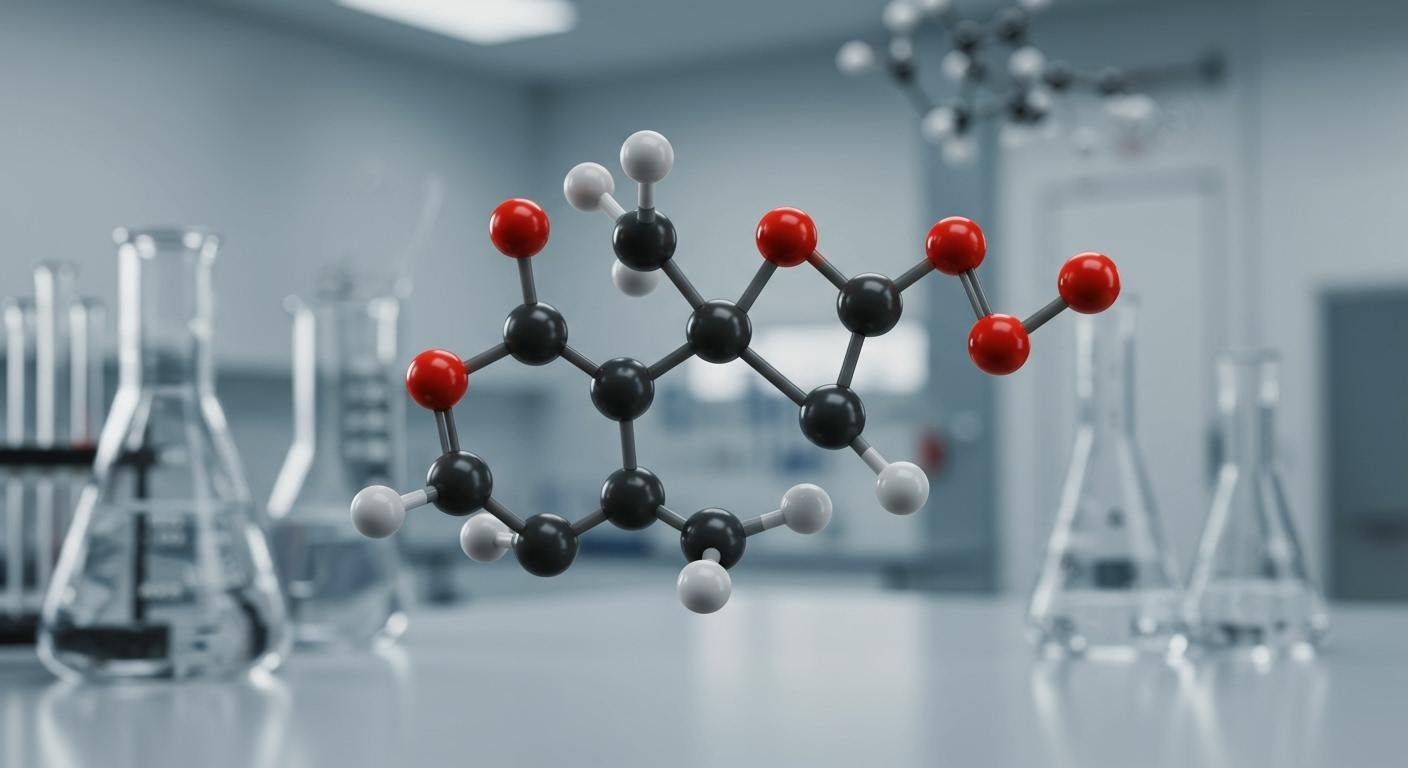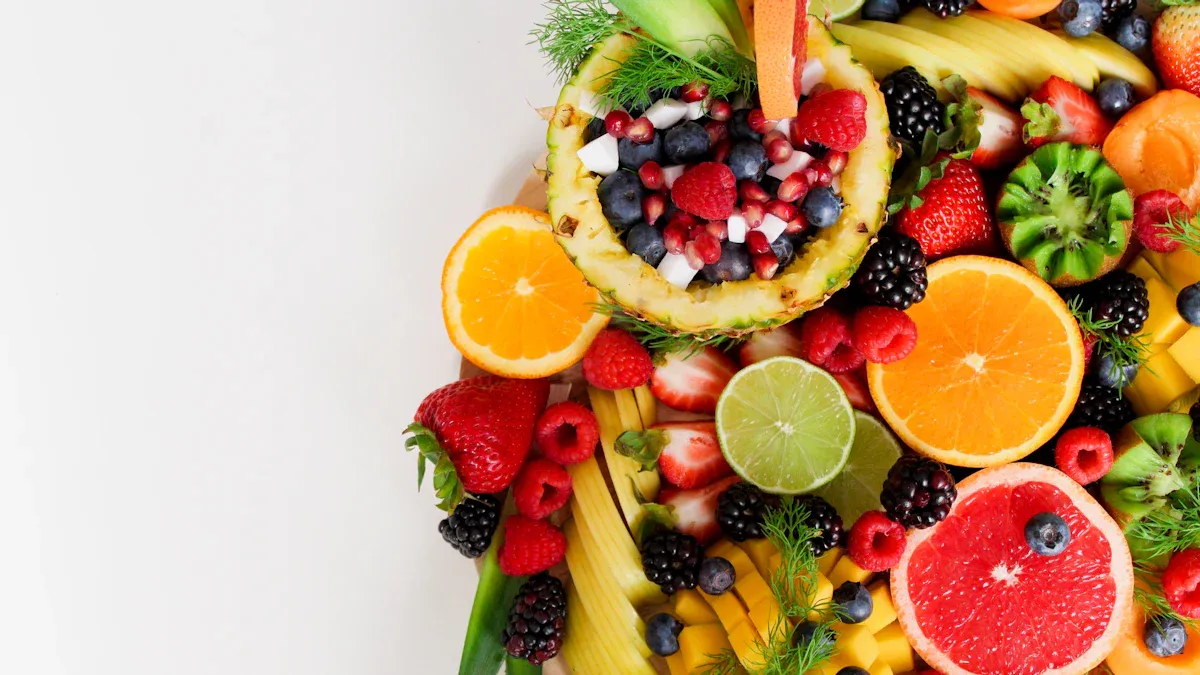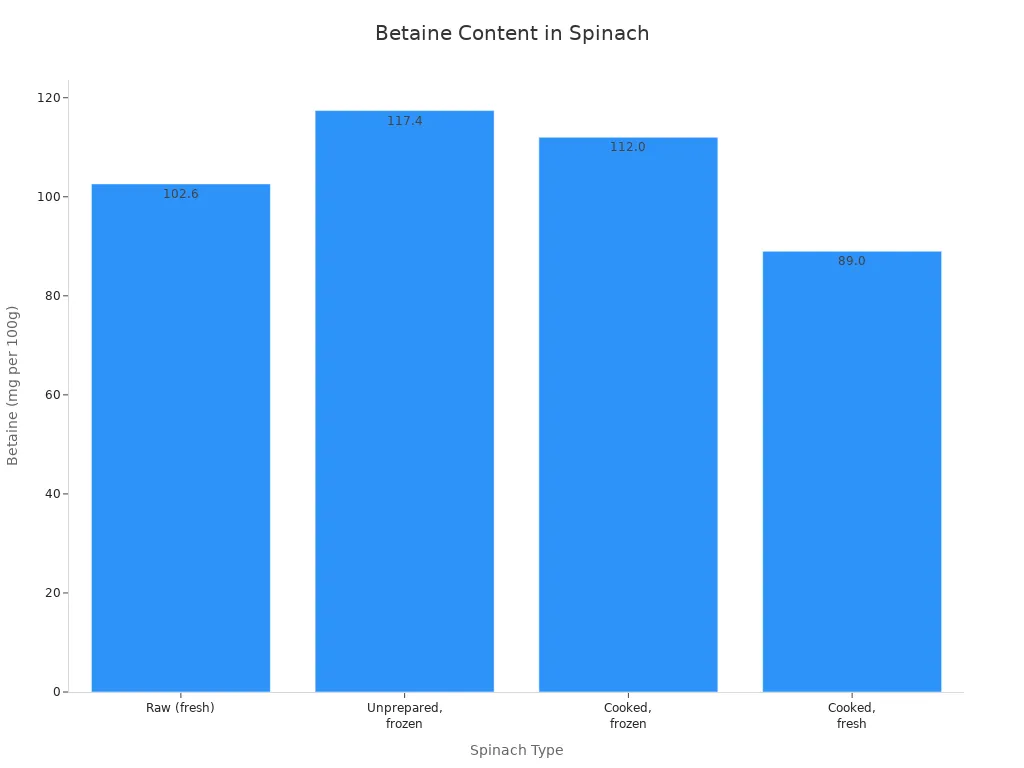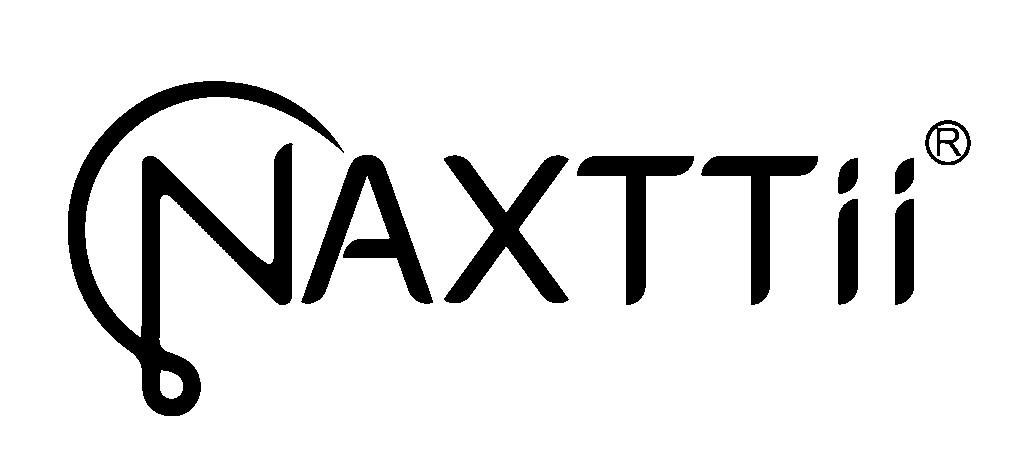What is Betaine? A 2025 Look at This Key Compound
Table of Contents

So, what is betaine? You can think of betaine, also known as trimethylglycine (TMG), as your body’s natural cellular multi-tool. Your body produces this active metabolite of choline, and you also get TMG from foods like beets. This tiny compound, TMG, performs critical jobs for your overall health.
The primary question, what is betaine (TMG), is answered by its function: TMG helps process fats and protects your cells from stress. This makes betaine a key player in daily wellness.
WHAT IS BETAINE (TRIMETHYLGLYCINE)?
To truly understand what is betaine, you need to look at its two primary jobs inside your body. This compound, also called trimethylglycine (TMG), is made from choline through an irreversible process in your mitochondria. Your body uses TMG as both a methyl donor and an osmolyte. These two functions are the secret to its powerful health benefits.
AS A METHYL DONOR
Think of TMG as your body’s internal delivery service. Its main cargo is a “methyl group,” which it donates to other molecules. This process, called methylation, is essential for many functions. The most important job for TMG is helping convert an amino acid called homocysteine into methionine. This happens mainly in your liver and kidney through a special pathway.
This TMG-driven methylation helps your body synthesize other vital molecules, including:
- Neurotransmitters like dopamine and serotonin
- The sleep hormone melatonin
- Coenzyme Q10 (CoQ10)
While another molecule, SAMe, is the main methyl donor, TMG acts as a crucial, ready-to-use source. Your body can call on its stored TMG when other nutrients like folate are low, ensuring these critical processes continue smoothly.
AS AN OSMOLYTE
The second answer to “what is betaine?” lies in its role as an osmolyte. You can picture TMG acting like a tiny sponge inside your cells, helping them hold onto water. This function is critical for protecting cells from stress, especially in high-pressure environments like your kidneys.
This protective action isn’t just for your kidneys. TMG accumulates in most of your body’s tissues, from skin cells to immune cells, helping them regulate their internal water volume. This simple act of balancing hydration allows your cells to function optimally every day. The versatility of betaine makes TMG a key compound for your health.
TOP FOOD SOURCES

You can easily increase your intake of betaine by adding specific foods to your diet. Many whole foods are excellent sources of TMG. You can find this compound in a variety of vegetables, grains, and even seafood. Adding these foods helps your body get the TMG it needs for daily health.
BEETS
Beets are famously rich in TMG. In fact, the name “betaine” comes from the beet plant (Beta vulgaris). You get a powerful dose of TMG whether you enjoy them cooked or raw.
| Type of Beet | TMG (mg per 100g serving) |
|---|---|
| Cooked Beets | 175 |
| Raw Beets | 175 |
SPINACH
Spinach is another leafy green powerhouse for TMG. Interestingly, how you prepare it matters. Frozen spinach often contains more TMG than fresh spinach, making it a convenient and potent option.

QUINOA
This popular ancient grain is more than just a source of protein and fiber. Quinoa also provides a solid amount of TMG. Adding it as a side dish or a base for a salad is a simple way to boost your intake.
WHEAT BRAN
When it comes to wheat products, not all are created equal. The TMG is concentrated in the bran and germ portions of the wheat kernel. For this reason, wheat bran contains much more TMG than whole wheat flour.
SHRIMP
You can also find this compound in seafood. 🦐 Shrimp is a notable source of TMG. It offers a great way to get this nutrient while enjoying a lean protein.
SWEET POTATOES
Sweet potatoes are a delicious and nutritious root vegetable. They contain a variety of vitamins and minerals. They also contribute to your daily TMG intake, supporting your overall wellness.
KEY HEALTH BENEFITS

The dual functions of trimethylglycine (TMG) translate into significant advantages for your long-term wellness. As an antioxidant and anti-inflammatory agent, TMG helps protect your cells from damage and stress. This protection supports your overall health, from your heart to your liver.
HEART HEALTH SUPPORT
You can improve heart health by managing homocysteine levels. High levels of this amino acid are linked to artery damage, which can increase risks to your cardiovascular health. TMG plays a vital role in your heart health by helping your body convert harmful homocysteine into a useful amino acid, methionine. This process is a key way you can improve heart health.
Studies show that TMG supplementation effectively lowers plasma homocysteine. This simple action helps you maintain better heart health. Taking steps to manage homocysteine is a proactive way to improve heart health and support your body’s daily functions.
EXERCISE PERFORMANCE
Athletes often look for an edge, and TMG may offer one. The primary benefit of TMG for exercise comes from its role as an osmolyte. By helping your cells stay hydrated, TMG protects them from the stress of intense workouts. Some evidence also suggests TMG might increase nitric oxide, which could improve blood flow to your muscles. While more research is needed, many athletes use TMG to support their performance and recovery.
LIVER FUNCTION
Your liver health is crucial for overall well-being, and TMG provides powerful support. TMG helps your liver process fats, preventing their buildup. This is especially important for protecting against non-alcoholic fatty liver disease (NAFLD).
- Fat Metabolism: TMG helps regulate fat transport and breakdown in the liver.
- Protective Effects: Research shows TMG can protect the liver from damage caused by toxins like alcohol.
- Mitochondrial Health: The betaine compound supports the energy centers of your liver cells, keeping them functioning properly.
By assisting with these critical tasks, TMG helps maintain a healthy liver.
In short, betaine is a versatile compound. You get this natural trimethylglycine from foods like beets and spinach. The dual roles of tmg support your heart health and liver. This tmg helps your liver and improves your overall health. Your heart health and liver rely on tmg. This betaine compound, tmg, is a key player. The tmg you get supports your liver.
This fundamental tmg quietly works every day. You can see how tmg, tmg, tmg, and tmg support your daily wellness.
FAQ
Is Betaine the same as Betaine HCL?
No, they are different compounds with separate functions. Your body uses Betaine (TMG) for methylation and cell hydration. In contrast, people use Betaine HCL (hydrochloride) to support stomach acid levels for better digestion. You should not use them interchangeably.
Do I need a Betaine (TMG) supplement?
You can get plenty of TMG from a balanced diet rich in foods like beets, spinach, and quinoa. You might consider a supplement for specific health goals. Always talk to your doctor first to determine if it is right for you.
Are there any side effects of taking TMG?
TMG is generally considered safe. Some people may experience mild digestive upset when taking very high doses.
Tip: To avoid potential side effects, start with a lower dose and follow the directions on the product label.
What is the best time to take a TMG supplement? ⏰
You can take a TMG supplement at any time of day that works for you. Many athletes prefer to take it before a workout. Consistency is more important than specific timing for achieving general health benefits.

Poseidon
Master of Nutritional Epidemiology, University of Copenhagen, Herbal Functional Nutrition Researcher
Focus: The scientific application of natural active ingredients such as Tongo Ali, Horny Goat Weed, and Maca to sexual health and metabolic regulation.
Core Focus:
Men: Use a combination of Tongo Ali (an energizing factor) + Maca (an energy reserve) to improve low energy and fluctuating libido.
Women: Use a combination of Horny Goat Weed (a gentle regulator) + Maca (a nutritional synergist) to alleviate low libido and hormonal imbalances.
Stressed/Middle-Aged Adults: This triple-ingredient synergy supports metabolism, physical strength, and intimacy.
Product Concept:
Based on traditional applications and modern research (e.g., Tongo Ali promotes testosterone-enhancing enzyme activity, and icariin provides gentle regulation), we preserve core active ingredients and eschew conceptual packaging—using natural ingredients to address specific needs.
Simply put: I'm a nutritionist who understands "herbal actives." I use scientifically proven ingredients like Tongo Ali, Epimedium, and Maca to help you make "sexual health" and "nutritional support" a daily routine.
